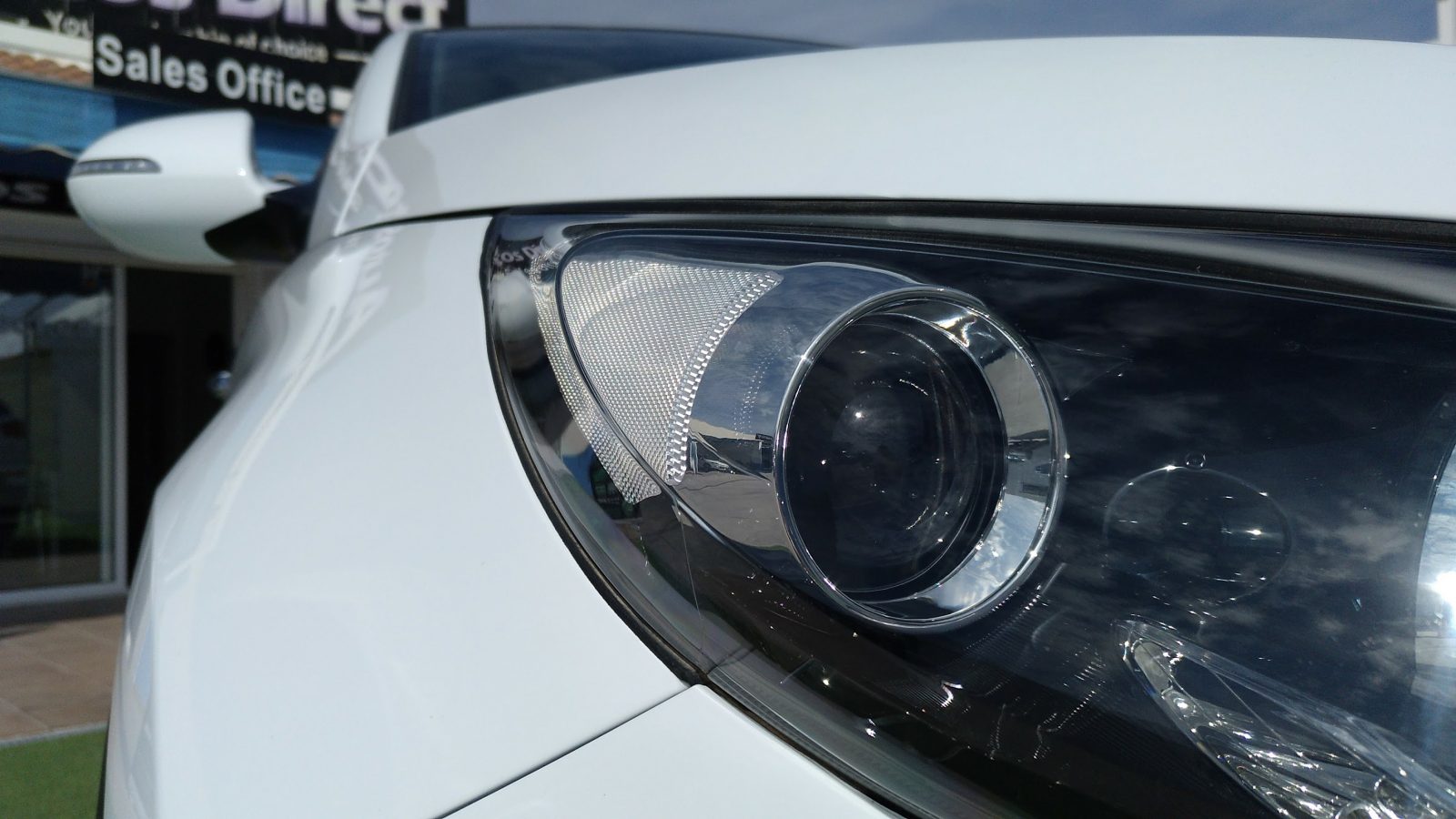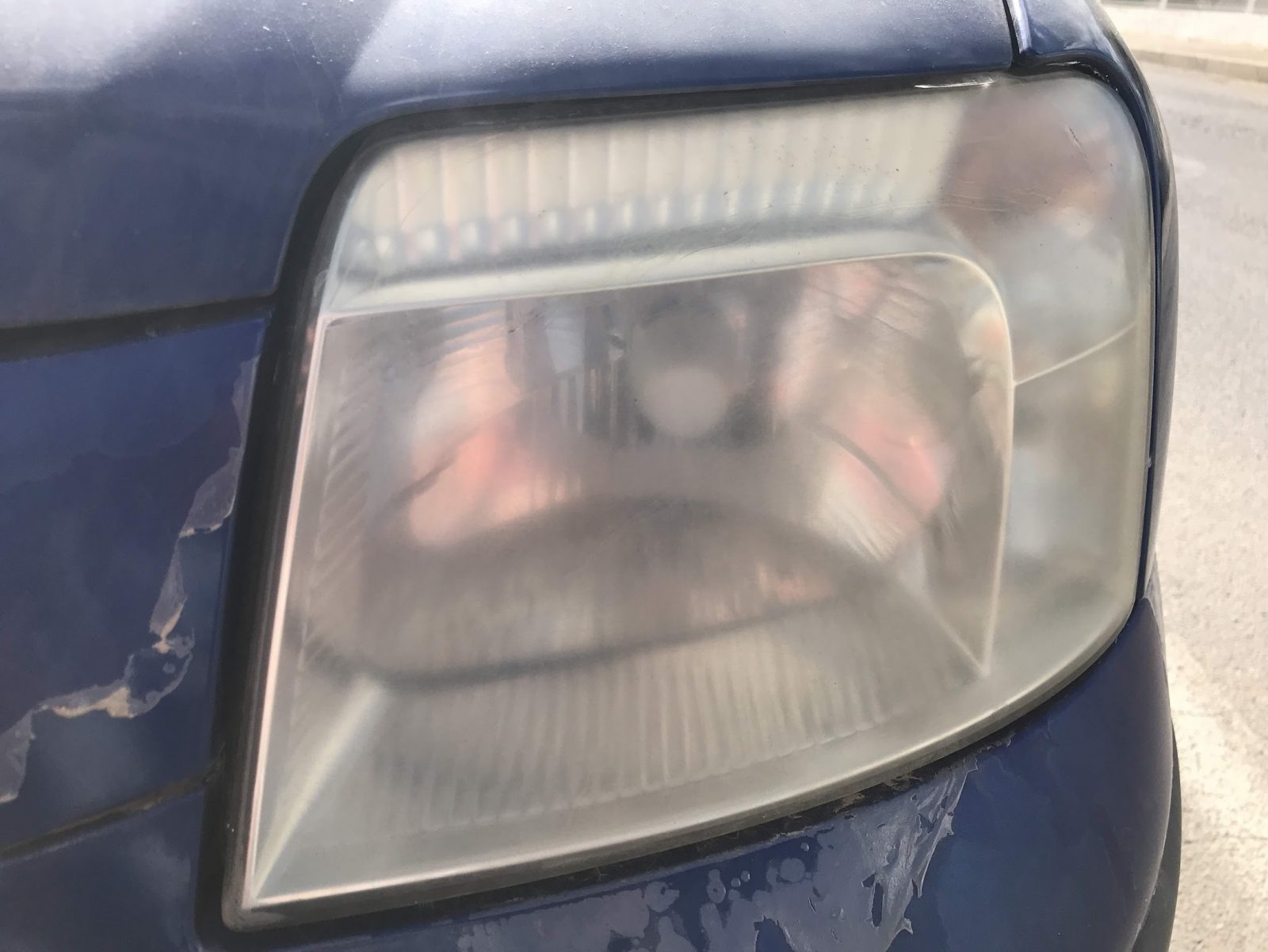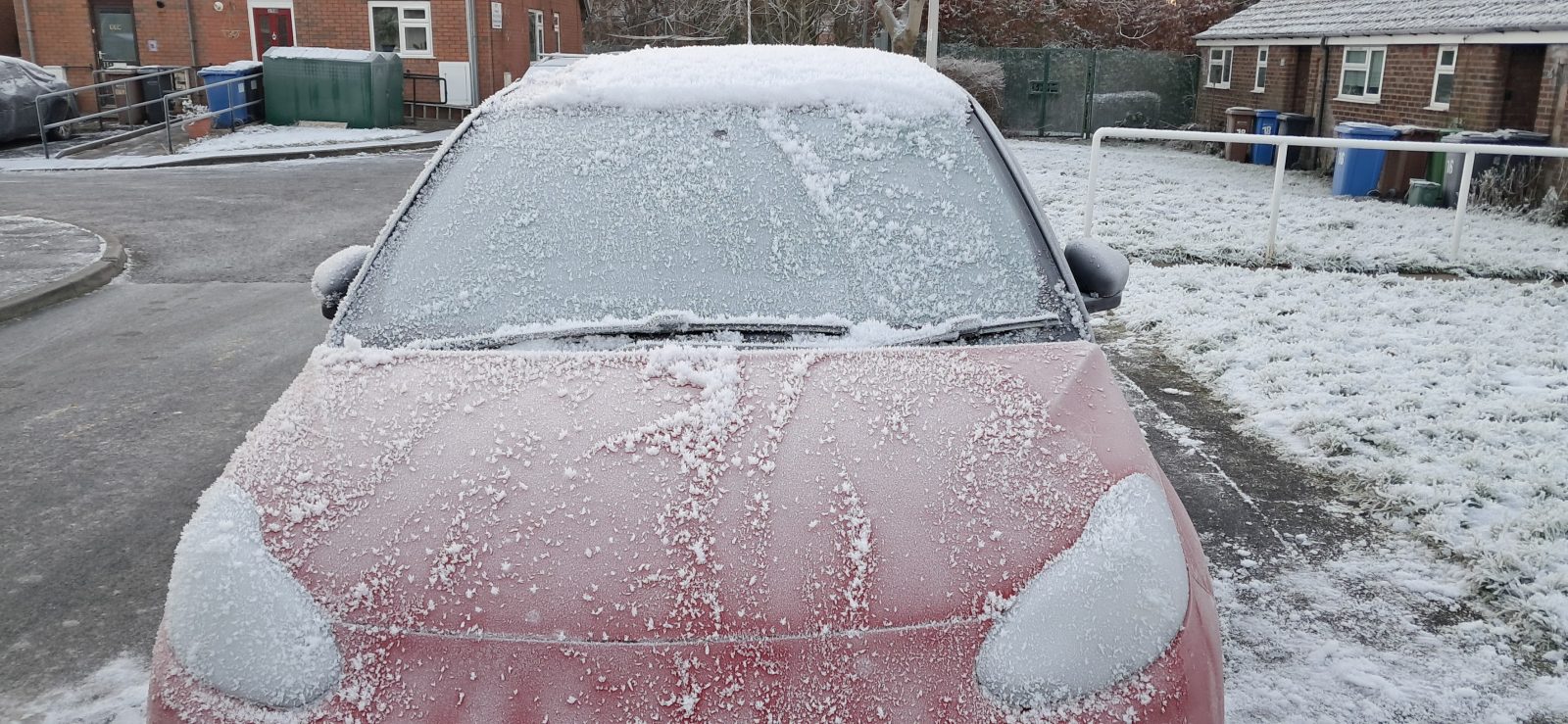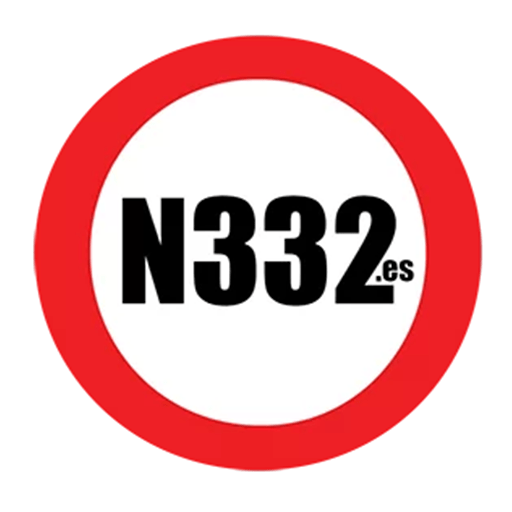As Spanish evenings draw in, headlights become a driver’s first line of defence. Yet many motorists either misuse their lights or assume that the automatic systems on newer cars take care of everything. In reality, understanding when and how to use headlights remains a crucial part of safe driving.



Contents
The Law and Common Sense
Spanish traffic law requires dipped headlights to be used between sunset and sunrise, and whenever visibility falls below 150 metres — for example, in rain, tunnels, fog, or dusk. Failing to use them is not only dangerous but can result in fines of up to €200.
High-beam lights (main beam) are useful on rural or unlit roads, but drivers must dip them immediately when another vehicle approaches or when following another car to prevent glare. That brief flash of blinding light can cause a driver to lose sight of the road for several seconds — long enough to cause a serious collision.
Headlight Alignment Matters
Poorly aligned headlights can dazzle others or fail to illuminate the road effectively. Alignment should be checked at least once a year, ideally during the ITV inspection or at a workshop. Drivers can perform a quick home test: park a few metres from a wall, switch on dipped headlights, and check that both beams are level and symmetrical. If one is higher or off-centre, adjustment is needed.
Dirty or ageing lenses also reduce performance. A layer of dust or oxidation can cut light output by more than 40 percent, so regular cleaning or professional restoration is well worth it.
Daytime Running Lights and Common Mistakes
Many modern vehicles use daytime running lights (DRLs), which improve visibility during the day but often illuminate only the front lamps. Drivers who rely on DRLs at dusk or in tunnels can appear invisible from behind — a growing problem on Spanish roads. Always switch to full dipped headlights when the sun starts to set or when entering shaded areas.
Fog lights are another frequent mistake. They should only be used in thick fog, heavy rain, or snow when visibility drops below 100 metres. Using them unnecessarily can dazzle others and carries a fine.
Light Up for Safety
Before every journey, especially at night, take a moment to check all lights — front, rear, indicators, and brake lamps. Replacing bulbs in pairs ensures consistent brightness.
Seeing clearly and being seen clearly are two sides of the same safety principle. A well-lit car is a safer car, protecting not only its occupants but everyone else on the road.
Discover more from N332.es - Driving In Spain
Subscribe to get the latest posts sent to your email.

You must be logged in to post a comment.